Soil structure refers to the actual solid parts of your soil and the open areas in between. We have hardpan, heavy, dense soil and that’s bad news for plants. Here are a few reasons why that makes it difficult for plant life:
- Limited air pockets prevent storage of oxygen and water (both needed for plants to thrive)
- Limited space for micro organisms, worms and other microbes to live
- Difficult for plant roots to dig down and get established.
I use the dormant season as a time to add lasagna layers to the garden to help build our soil quality. Tilling would expose weed seeds, destroy what little soil life exists and is difficult to avoid disturbing existing plants. And it’s otherwise pretty quiet in the garden, giving me enough time to tackle big soil issues.
This year, we collected a couple truck loads of dried leaves to use as “leaf mulch” throughout the garden. We spread them about 6-8″ thick, but pulled the leaves back from the base of trees to maintain good air circulation around the trunks. It seems like a thick, fluffy layer once we were done, but by late spring they will have decomposed down to just a couple inches.
The dried leaves have very little nutrients left in them, but they decompose quickly which will help increase the structure of our soil over time. They will invite earth worms up to eat the leaves and leave behind nutrient-rich worm castings. Leaf mulch is also excellent for increasing water retention. Once decomposed, it leaves lots of air pockets throughout the garden. The perfect place to store water, oxygen and house microbes.
We have a few more homestead chores to tackle before spring planting to help build our soil quality: harvesting compost, turning not-yet-ready-compost, and topping off our plant beds with fresh wood chips for water retention and weed suppression.
I have to admit I feel behind on everything, which sounds silly since it’s only January. This is still a newer homestead and there is a lot of work we need to devote to cultivating this new space. The kiddos are keeping me busy, but I’m optimistic I can still find a few hours this winter to get digging.
I would love to hear how you are managing, or not managing, it all this winter on your homestead! Am I the only one who feels a little behind already?
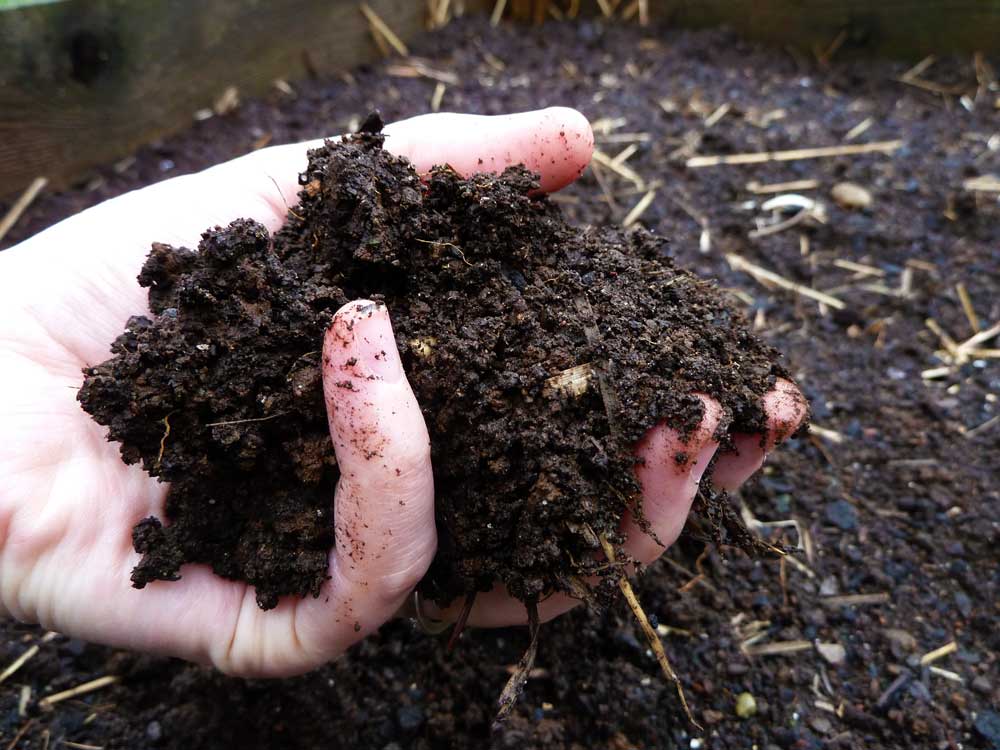
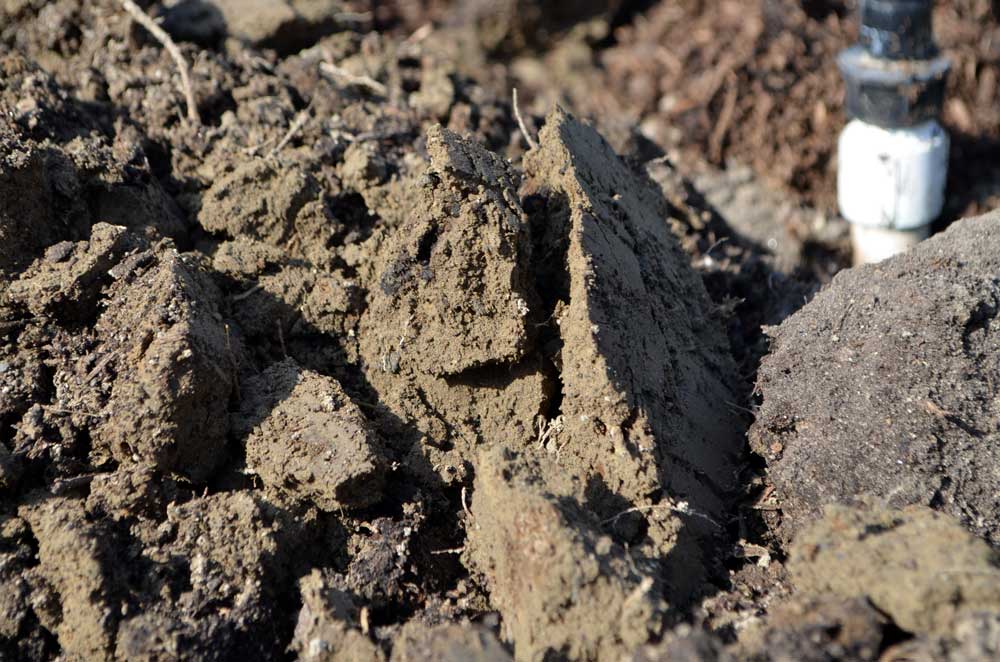
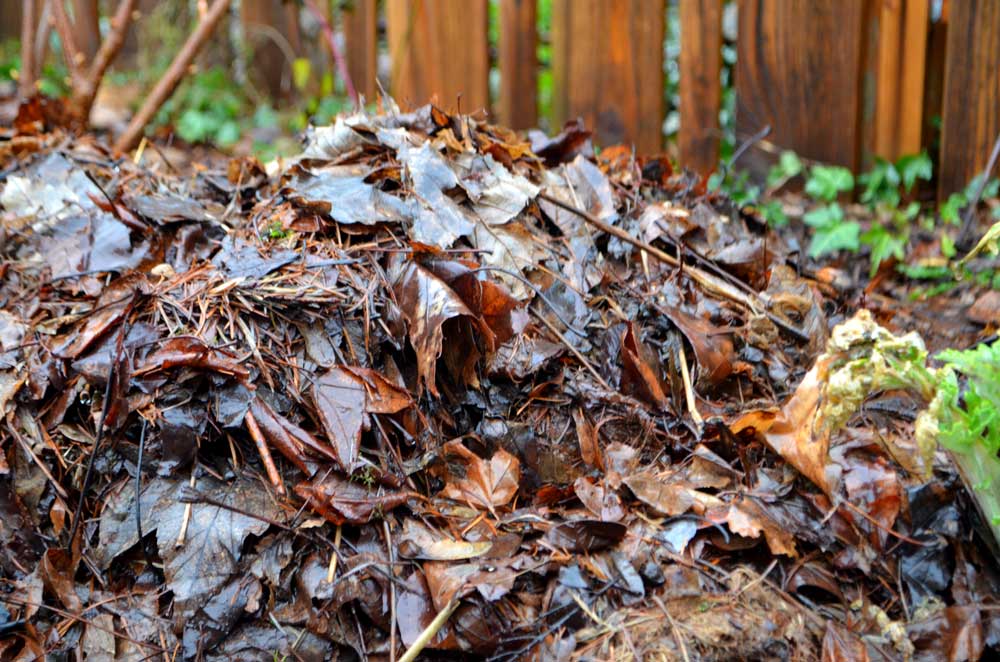
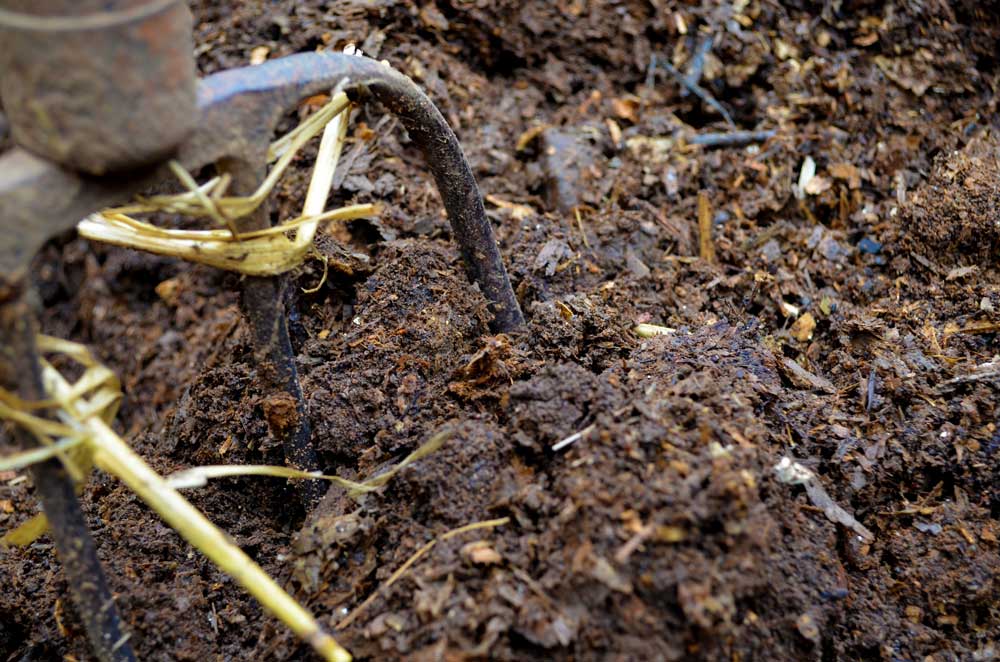
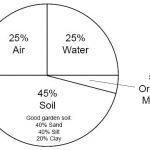
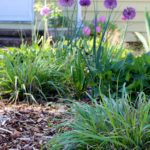
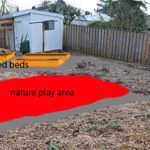
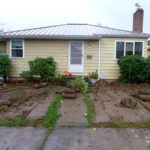

 This cluster was about the siz
This cluster was about the siz




 I start with a
I start with a


Hi! I just stumbled across your blog, and I’m really enjoying it! We live in the PNW also, and I’m always looking to learn better how to grow a successful garden in this climate. I love your blog! I’ll be coming here often.
I love your blog! I’ll be coming here often. 
Fresh wood chips use nitrogen as they decompose, so are better used for paths through the garden than on top of beds. They use nitrogen as they decompose, so as you clean up your garden, you can toss the dead plant material at the base of your new path, then top with wood chips. Eventually you can mine the decomposed chips and compost to top dress your beds and put a fresh supply of wood chips on the path. The fresh chips don’t suppress weeds nearly as well as denser double shredded mulch. Our neighboring municipality has a yard waste recycling center where they compost huge mountains of ground tree prunings and leaves. They sell it for $25 per pick up load. The mulch mountains cook long enough that they turn black and fine, and can be used to top dress beds for moisture retention and weed suppression. If making your own top dressing for beds, you might alternate layers of chips, leaves and green plant wastes to help break down the chips faster.